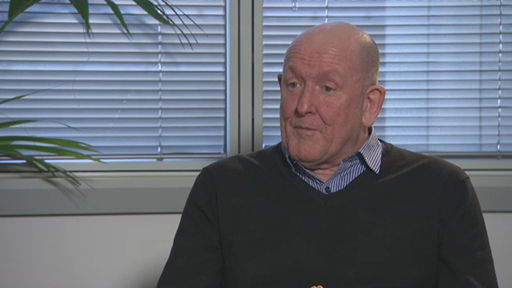3 Asking effective questions
If you are, for example, a line manager or supervisor, or you’re talking to a client, it is important to create an environment where the speaker feels that their issues/concerns/problems have been listened to. One way to do this is by asking effective questions.
Project management company Mosaic Projects (no author, no date) has produced a detailed white paper on active listening and effective questioning, which includes the following list of question types:
- Open questions – to gather information and facts, for example: ‘What are your concerns and worries about this situation?’
- Probing questions – to gain additional detail, e.g. ‘Can you explain why that matters?’
- Hypothetical questions – to suggest an approach or introduce a new idea, for example ‘If you could get additional funding or resources, how might that help?’
- Reflective questions – to check understanding, such as ‘So would you prioritise the most critical areas for attention first and make sure that everyone knew what was most important?’
- Leading questions – are not always well received but can be used to help a person reach a conclusion or have an idea that you feel will be beneficial. For example, ‘Had you thought about giving the project leadership role to Jennifer?’
- Deflective questions – to defuse an aggressive or defiant situation by re-directing the force of the other person’s attack, e.g.
- Dissatisfaction: ‘I’m not happy with this project!’
- Response: ‘What can WE do to make it right?’
- Closing questions – to bring agreement, commitment and conclusion, e.g. ‘When will you talk to your team and the client about this?’
They explain that questions can be used for different purposes, such as to provide structure, direct flow or help us to reach closure.
Coaches use open questions to help their clients move forward and this technique can be equally useful in a conversation with colleagues, particularly if you are in a supervisory role. Activity 2 shows you the coaching process in action.
Activity _unit3.3.1 Activity 2 Open and closed questions
Watch this video on good questioning practice. In it you will hear both open and closed questions being used.
What observations can you make about the questioner? What type of questioning helps to encourage the speaker to give full answers?

Transcript: Video 2
Look for opportunities to use effective questions in your interactions with colleagues. You could make this part of your Week 2 personal development plan.
